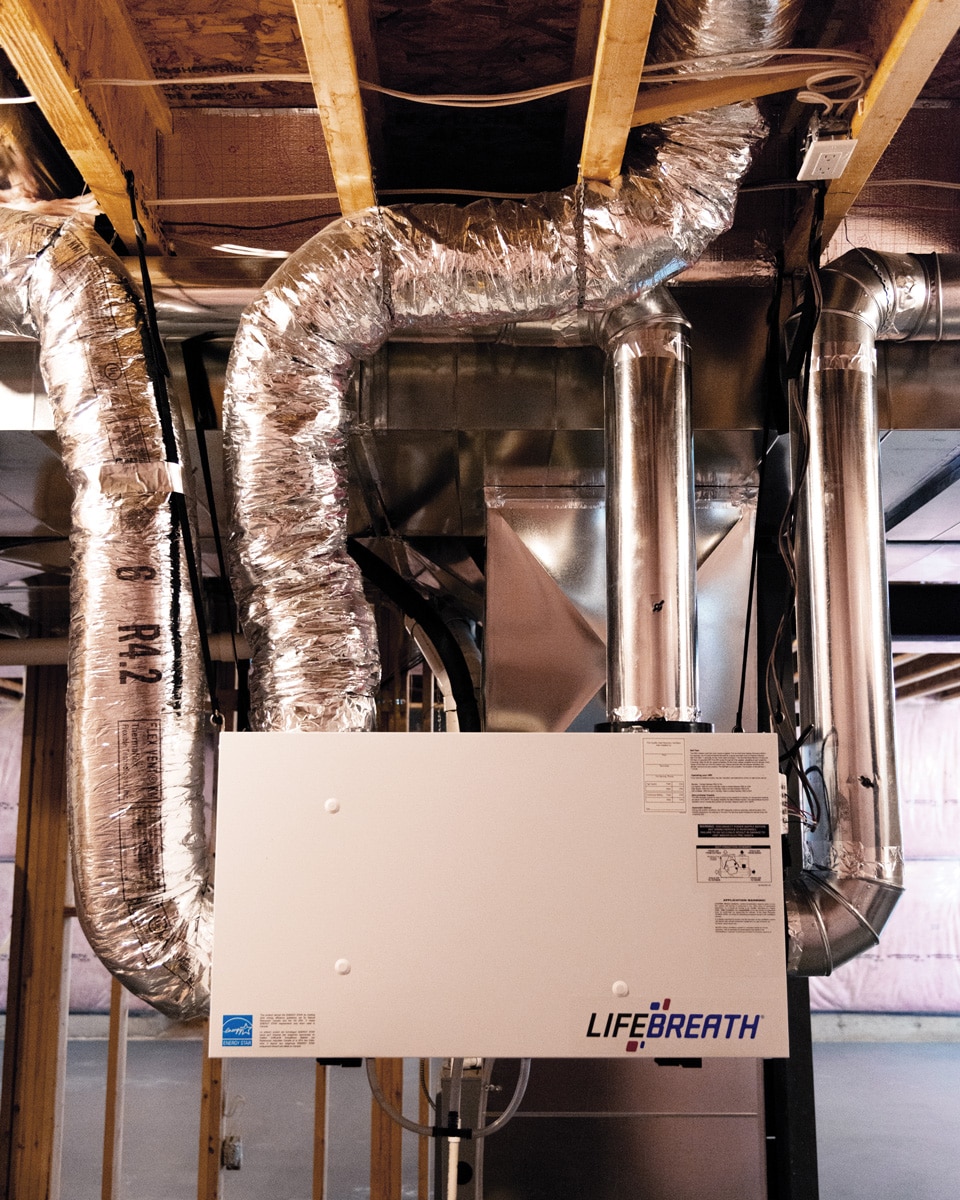
[Photo: Courtesy of Lifebreath]
Lifebreath is improving the air quality you breathe inside the home with its premium ERVs and HRVs—energy recovery ventilators and heat recovery ventilators. Vice President of Sales Rob Kingshott hears from customers who say time and again that once they have Lifebreath, they can’t imagine life without it. “Some customers even call it the most important appliance in the home,” he says. The average person takes more than 23,000 breaths a day, and Lifebreath wants to make sure those breaths don’t include allergens, mold, and pollutants. Kingshott explores just how ERVs and HRVs improve the air we breathe.
Airtight homes trap everything. And while that’s good for energy-efficiency, it may mean stale air and pollutants get trapped inside the house. ERVs—like HRVs—recover heat and ventilate air while also recovering humidity. When you’ve got the air conditioning running and need to bring fresh air in on a humid day, Lifebreath’s ERVs redirect approximately 50% of moisture outside. This not only lets you breathe easier; it lowers the load on the air conditioner, reducing your energy costs. An HRV will transfer a high percentage of heat to the cooler air stream.

[Photo: Camilo Gutierrez]
It’s important to get rid of stale air inside the home not just for health reasons, but also for building longevity. As houses get tighter and more energy-efficient, you’re basically living inside of a bag with draft-resistant doors and high-efficiency windows. Fortunately, an HRV is now running up to about 93% recovery efficiency, and the technology keeps getting better. In Ontario, for example, building code requires HRVs to have a minimum efficiency of 75%, which is a difficult efficiency number to get to, but outside market forces like these inspire us to strive toward the best possible indoor air quality solutions.
A Lifebreath ventilation unit can be installed anytime, but the best time to consider an ERV or HRV is at initial construction, as it allows for options like exhausting from bathrooms and kitchens—tasks that are more difficult during a retrofit. We’re seeing more people replace bathroom exhaust fans with dedicated ductwork, as HRVs are designed to provide fresh and healthy air while enhancing moisture levels in the home. As houses get tighter and moisture levels tend to go higher in winter, there’s more of an opportunity for mold to grow. An HRV or ERV helps control that humidity level so that doesn’t happen. Lifebreath ventilation units turn houses into healthy homes.


